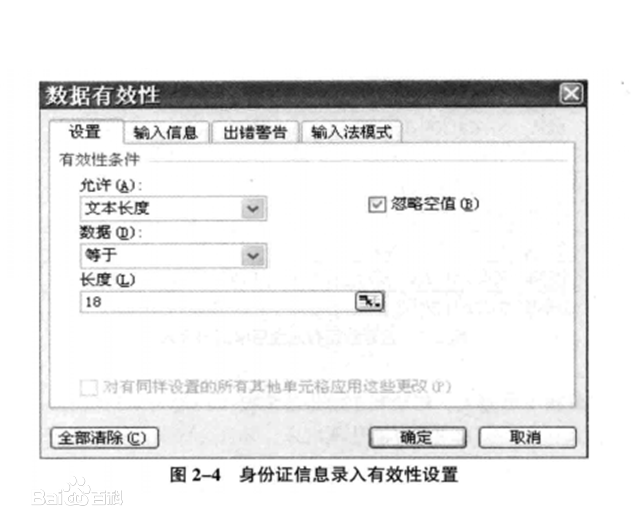Radar shows great potential for autonomous driving by accomplishing long-range sensing under diverse weather conditions. But radar is also a particularly challenging sensing modality due to the radar noises. Recent works have made enormous progress in classifying free and occupied spaces in radar images by leveraging lidar label supervision. However, there are still several unsolved issues. Firstly, the sensing distance of the results is limited by the sensing range of lidar. Secondly, the performance of the results is degenerated by lidar due to the physical sensing discrepancies between the two sensors. For example, some objects visible to lidar are invisible to radar, and some objects occluded in lidar scans are visible in radar images because of the radar's penetrating capability. These sensing differences cause false positive and penetrating capability degeneration, respectively. In this paper, we propose training data preprocessing and polar sliding window inference to solve the issues. The data preprocessing aims to reduce the effect caused by radar-invisible measurements in lidar scans. The polar sliding window inference aims to solve the limited sensing range issue by applying a near-range trained network to the long-range region. Instead of using common Cartesian representation, we propose to use polar representation to reduce the shape dissimilarity between long-range and near-range data. We find that extending a near-range trained network to long-range region inference in the polar space has 4.2 times better IoU than in Cartesian space. Besides, the polar sliding window inference can preserve the radar penetrating capability by changing the viewpoint of the inference region, which makes some occluded measurements seem non-occluded for a pretrained network.
翻译:雷达显示通过在不同天气条件下完成远程遥感实现自主驾驶的巨大潜力。但雷达由于雷达噪音而是一种特别具有挑战性的感测方式。最近的工作在利用雷达的穿透能力对雷达图像中的自由空间和占用空间进行分类方面取得了巨大进展。然而,还存在若干尚未解决的问题。首先,结果的感测距离受到利达尔的感测范围的限制。第二,结果的性能由于两个传感器之间的物理感测差异而因利达尔而退化。例如,一些利达尔可见的物体是雷达看不见的,而利达尔扫描中的某些物体则隐蔽在雷达图像中可见。由于雷达的穿透能力,雷达图像中的一些物体在对自由空间空间空间空间和占用空间空间图像进行分类方面出现了巨大的进展。在本论文中,我们建议对数据预处理和极地滑动窗口进行培训,以便解决问题。数据预处理的目的是减少利达尔扫描中雷达不可见的测量所造成的影响。极地滑动窗口通过将近距离的雷达网络应用近距离的经过训练的轨道,从而降低我们所训练的轨道的距离,从而缩小了长期的轨道区域。





